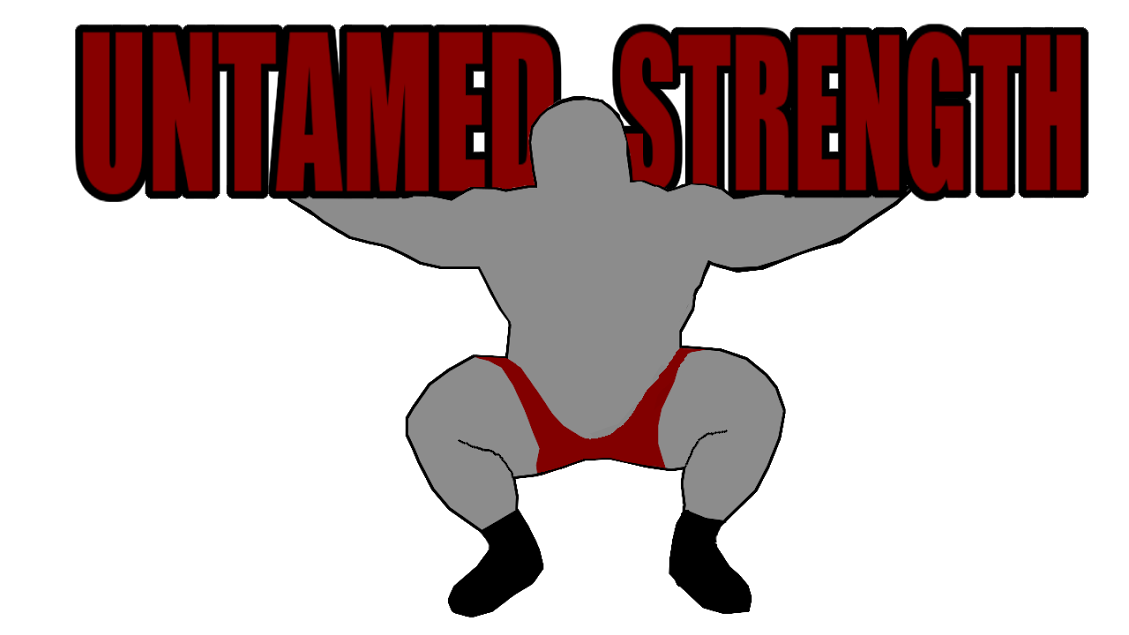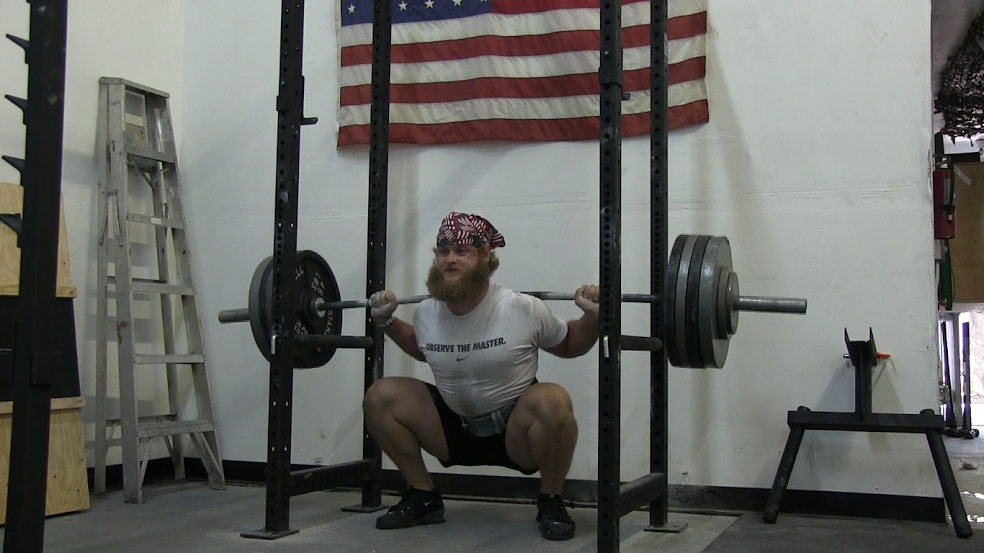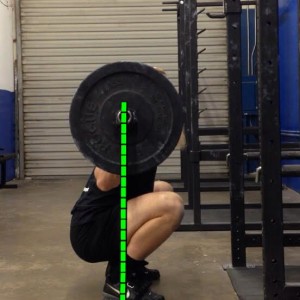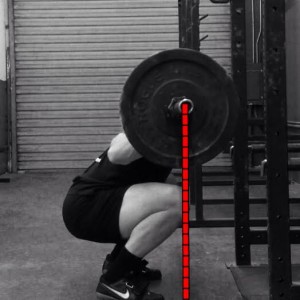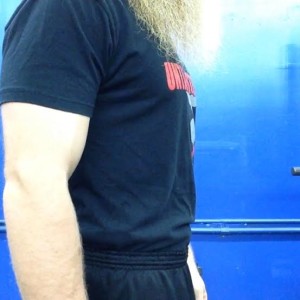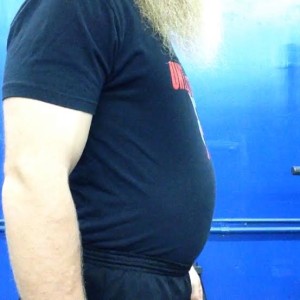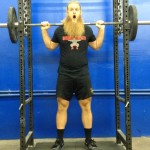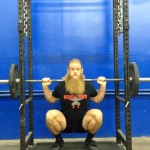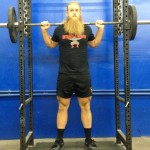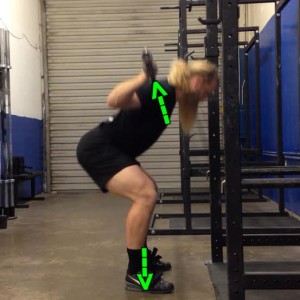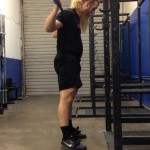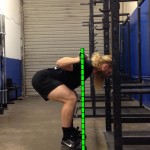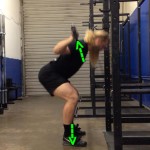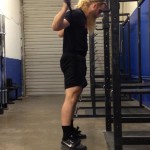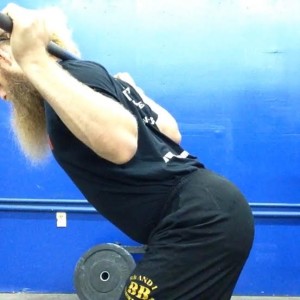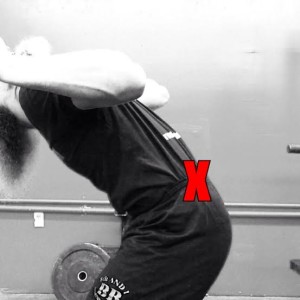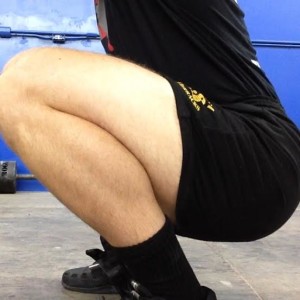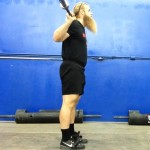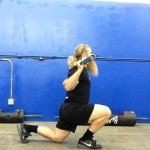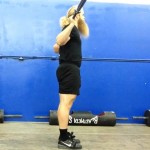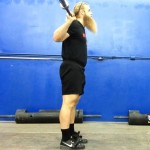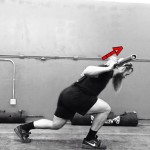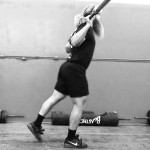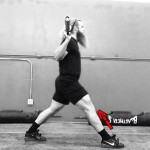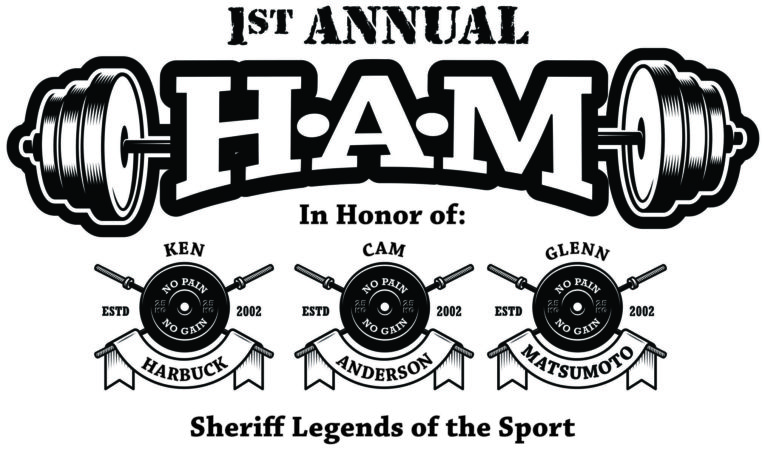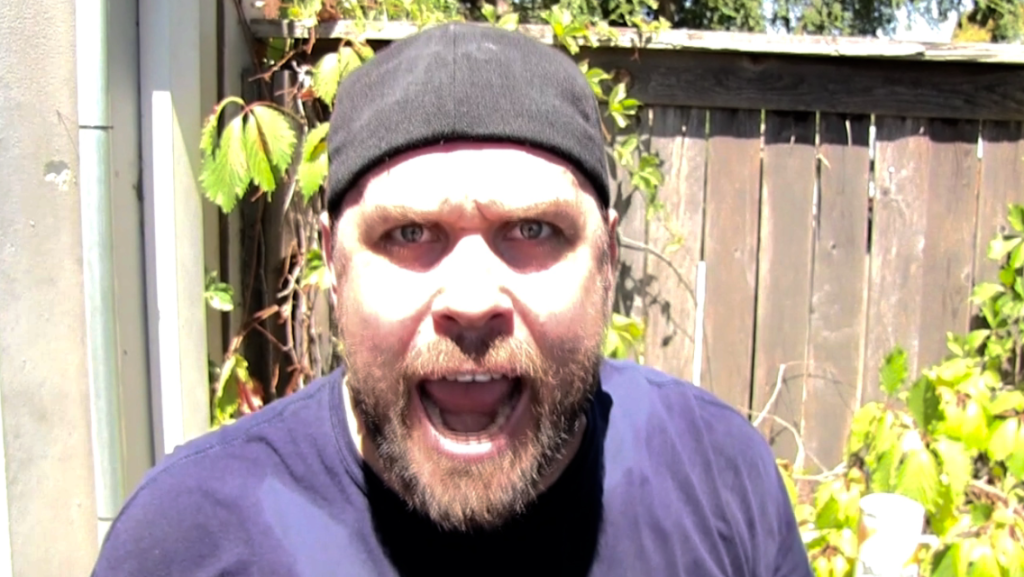In my opinion, Squats are the king of all barbell movements. There is nothing you can do with a barbell that is more productive than loading it with weight, putting it on your back, sitting all the way down, and standing back up. Squats build strong legs, a solid core, a big back, a healthy set of lungs, and a tough mind.
If you intend to continue increasing your squat strength it’s no secret that you need to continue squatting. Nothing will increase your squat better than the squat. Squat more weight, Squat for more reps, Squat more frequently; there are a number of ways to challenge yourself under a barbell. Don’t think that somehow you can increase your squat by skipping out on squats. Leg extensions and leg curls won’t get you there, leg press won’t get you there, and certainly no other leg strengthening machine will get you there (unless you are physically not strong enough to perform a bodyweight squat. But that’s for another article).
With that said, there may be a few assistance/auxillary/supplemental exercises that, when performed along WITH your normal squat routine, can actually increase your squat strength. If you have a problem with your squat and you continue to squat, chances are your problem is not going to get better. That’s where proper assistance work comes in to target your weakness.
Here are 3 exercises to increase your squat.
Pause Squats
I know this is not really an assistance exercise it’s a variation but I couldn’t write this article without mentioning them. Paused squats are performed by sitting down in the bottom position of YOUR squat and pausing for a period of time before standing back up. Pause Squats great for a number of reasons:
-They eliminate any bounce or stretch reflex making the movement harder. Many people rely too much on the bounce out of the bottom. This will allow you to lift more weight and it will allow you perform more reps but it’s not making you any stronger. You are using momentum to lift more weight rather than strength. Eventually progress will stall because you can only bounce your weight up to a certain point and eventually you are going to need strength to finish the rep. For those of you who don’t sink your squats ass to grass you are still taking advantage of the stretch reflex generated when the hamstrings reach maximum length and rebound back (given you are squatting to depth). Pausing your squat will eliminate this rebound. Getting strong in this position will make your “no pause Squats” feel tremendously easier. Don’t try to cut corners and bounce yourself stronger, start adding some paused squats into your routine and force yourself to grow stronger.
-They reinforce correct bar path. Squats are a balancing act. You must keep the barbell over the center of your foot throughout the entire movement. Many people fail a squat or grind out a rep not because they don’t have the strength but because they have drifted off of the correct bar path.
The weight is now over the toes and they are expending energy trying to bring the bar back over the center of the foot rather than using that energy to drive the barbell back up in a straight line. Pause squats will force the squatter to sit down and pause with the weight over the center of the foot because that’s where they will feel balanced. Try to pause a squat with the weight on your toes; it’s extremely hard to hold. For beginners, I have noticed that when they pause at the bottom for 2 seconds and then stand back up the squat looks much smoother and they do a better job of keeping the barbell over mid-foot (the squat might look slower because it’s more challenging but, speed aside, the squat looks better). Pausing your squats forces control; you are moving the barbell rather than the barbell moving you; you are in charge.
-They force the squatter to practice the Valsalva maneuver. The importance of correct breathing during the Squat is HUGE! I could (and will) make an entire article or video about breathing during the Squat (or any lift for that matter). Breathing into your belly increases intra-abdominal pressure. It also increases the diameter of your core. Both of these things will support your lower back, give you power out of the hole, keep your torso upright, and hopefully create contact between your belly and the top of your thighs (more contact to spring off of).
I see too many people squat up and down rep after rep without putting any thought into breathing. Not only are you depriving your muscles of oxygen you are not making your core as stable as it could be! Try squatting down with 100% of your max on your back, pause for 3 seconds at the bottom, and then let out all of your air. There goes all of your power! Not to mention you probably folded over like lawn chair. What happens when you fill child arm floaties full of air, pull them down to the bottom of a pool, and let go? They shoot back up to the top. You are no different than a pair of child water wings. I’m pretty sure that’s science.
How to perform Pause Squats:
- With the barbell on your back take a big gulp of air DOWN into your belly and hold it using the Valsalva maneuver. The Valsalva maneuver is performed by forcefully attempting to exhale against a closed airway.
- With a controlled descent, lower the barbell down to the bottom position of the squat while keeping the barbell directly over mid-foot.
- Pause at the bottom for 2-3 seconds. Keep intra-abdominal pressure by holding your breath.
- Stand back up by simultaneously driving your feet through the floor and your upper back into the barbell.
- Once returned to the starting position, exhale, and take as many deep breaths as needed.
- Repeat.
After your normal squat routine, perform 3 sets of 3-5 reps with 70 – 80% of your 1 rep max. Hold the pause for 2-3 seconds. I think that lower reps with heavier weight will produce more stimulus than lighter weight for high reps will.
Good Mornings
Good Mornings can be described as a posteriorly top loaded hip hinge. I like Good Mornings because they simulate a failed squat. When performing a Good Morning the barbell is out in front of your toes. 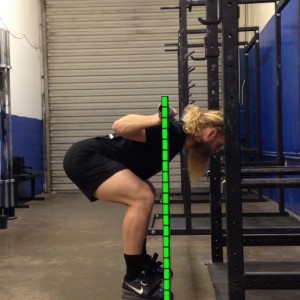
This is usually what happens when someone fails a squat. Deliberately putting yourself into this position and fighting to stand up will strengthen the weak muscles that might be causing this to happen during your squat. Another reason I like Good Mornings is because it teaches you to drive your upper back into the barbell as you stand up. I recently made a video where I cover this cue in depth. You can find that video HERE
How to perform Good Mornings:
- With a barbell on your back (I prefer a low bar position to prevent the barbell from jamming into my cervical spine. Better yet, I use a specialty Safety Squat Cambered Bar that I purchased from Elitefts HERE) place your feet in your normal squat stance.
- Take a big gulp of air DOWN into your belly and hold it using the Valsalva maneuver just like you would if you were squatting.
- While maintaining a rigid lumbar spine, sit your hips back and let your shoulders drift forward. The barbell should be in front of your toes.
- Go down until you feel your hamstrings loaded. DO NOT allow lumbar flexion! Under no circumstance is it okay to allow your form to break down during a Good Morning.
- Drive your upper back into the barbell, drive your hips forward, and return to the starting position.
I perform Good mornings with a Squat stance to improve my Squat. You can also perform Good Mornings with your deadlift stance to improve your deadlift. After squats, I perform 3 set of 6 – 10 reps of Good Mornings with 25 – 30% of my 1 rep max Squat. Some people train Good Mornings much heavier but I prefer to use it as a hypertrophy movement rather than a strength movement.
Walking Barbell Lunges
I absolutely love walking barbell lunges. I would highly suggest doing them for no other reason than the fact that they will drastically increase the size of your legs. Other than a heavy set of 20 reps Squats, nothing fatigues my legs and induces more muscle soreness than heavy barbell lunges. The glute, quad, and adductor activation during heavy barbell lunges is unavoidable. Increasing the size of your legs not only makes them stronger, it also allows your calves and hamstrings to come in contact with each other sooner than if you had thinner legs.
Allowing your hamstrings to touch your calves will create a surface to push off of. This is why short stalky people are usually better squatters than tall skinny people. Being a bigger person creates more points of contact during the squat i.e. Triceps pressing against lats, stomach pressing against thighs, hamstrings pressing against the calves. 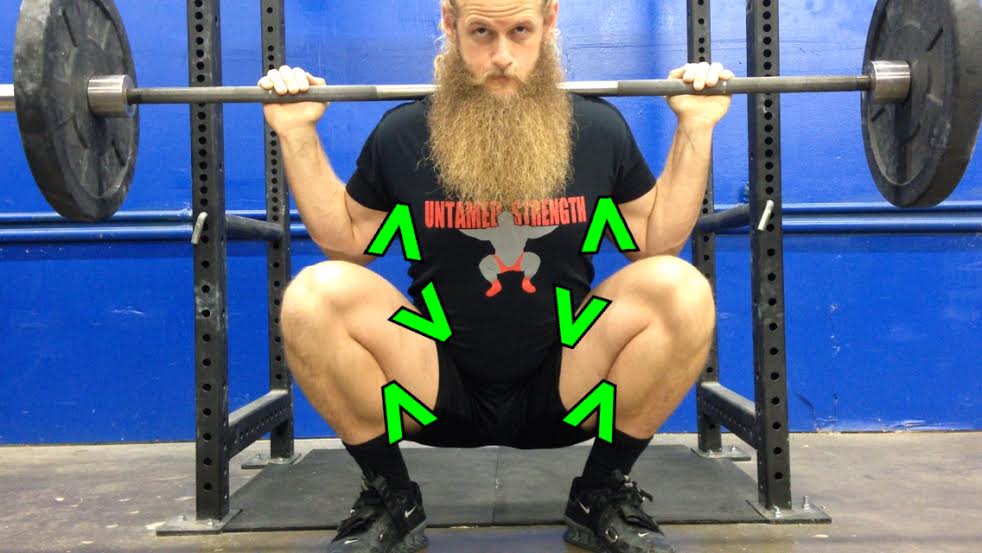 More points of contact on the body creates stability in the squat. Again, I suggest performing walking barbell lunges for no other reason than to increase the size of your legs. Walking Barbell Lunges will also increase your unilateral strength which I believe has a carryover to bilateral movements (Squats).
More points of contact on the body creates stability in the squat. Again, I suggest performing walking barbell lunges for no other reason than to increase the size of your legs. Walking Barbell Lunges will also increase your unilateral strength which I believe has a carryover to bilateral movements (Squats).
I have noticed that as I turned up the volume, weight, and/or frequency of walking barbell lunges I soon after set Squat max personal records or Squat repetition personal records. In the past, I would perform 5 sets of 20 reps (10/leg. 100 total lunges) with 185 lbs. and I am confident this helped me achieve my first 500 pound squat and a 20 rep squat personal best at 385 lbs.
How to perform Walking Barbell Lunges:
- Place a barbell on your back in the High bar position.
- With one leg, lunge out to a distance that places your front shin less than 90 degrees. Ensure your front foot stays flat on the ground. Do not come up onto your toe.
- Using ~ 75% effort from the front leg and ~25% effort from the back leg, bring your back foot even with your front foot by driving the barbell straight up (figure A). Do not lean forward (figure B). Do not lunge forward and extend your front leg by pushing back (figure C). Always move up and forward.
- Repeat.
I like to perform walking barbell lunges 1-2 times per week. One day I will perform higher volume with light weight for 3 – 4 sets of 8 – 12 reps per leg. Another day I will perform heavier weight with lower volume 3 – 4 sets of 6 – 8 reps per leg.
Try these 3 exercises to increase you squat and you will notice a difference in strength. If you are currently not including any assistance exercises into your routine you are not doing everything you can to increase your squat. On the other hand, assistance exercises are just that; assistance. They are implemented to HELP your main lifts. Your assistance exercises should have purpose in your training along with a strong carryover into your main lifts. In my experience, Pause Squats, Good Mornings, and Walking Barbell Lunges have helped my Squat more than any other assistance exercises.
I hope you found this article helpful. Always remember…
TRAIN UNTAMED!
